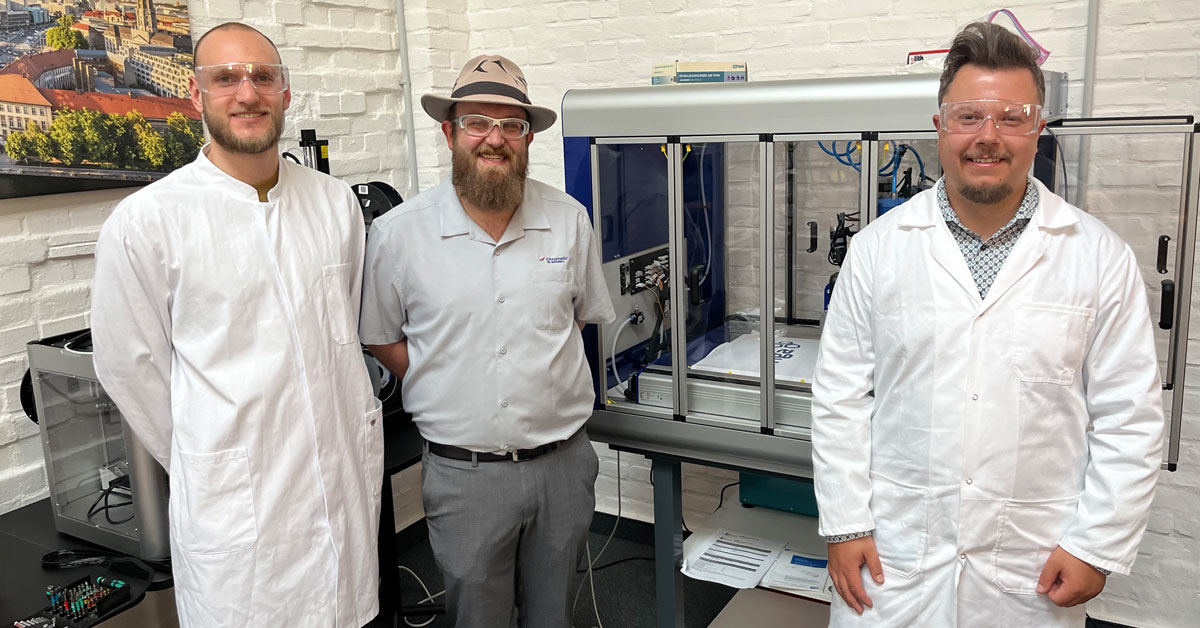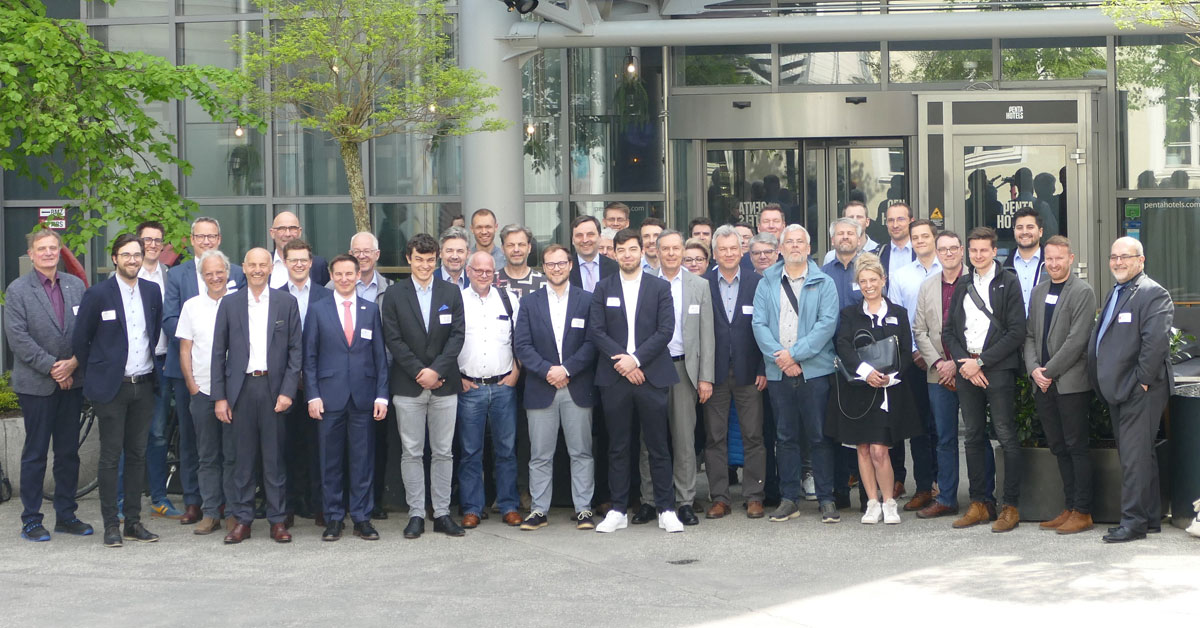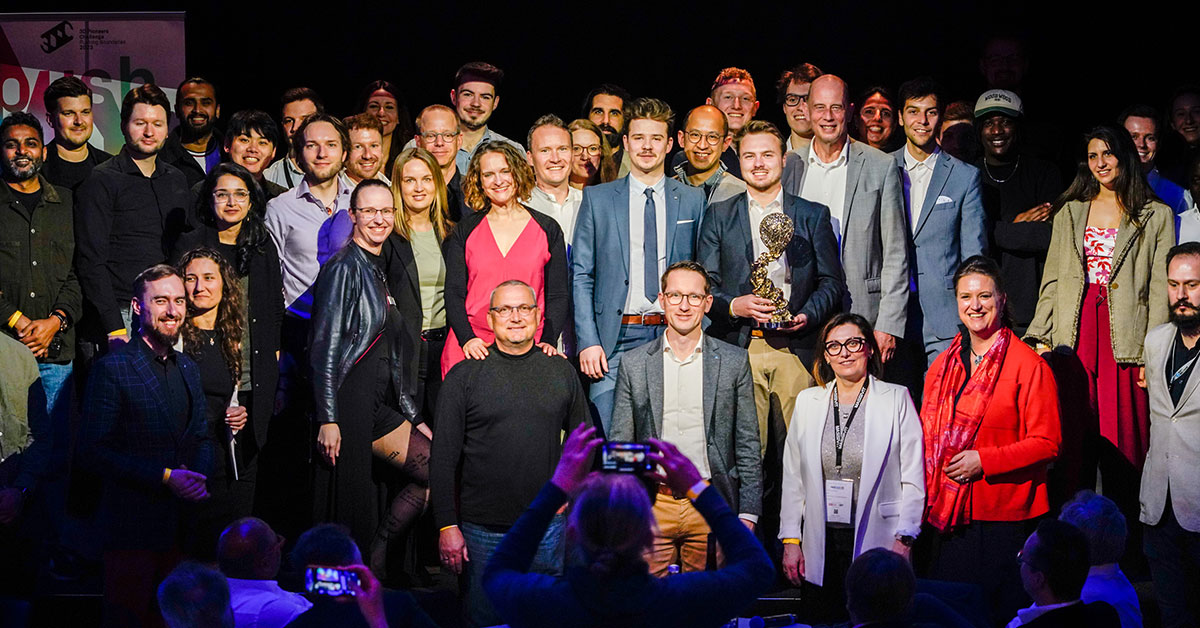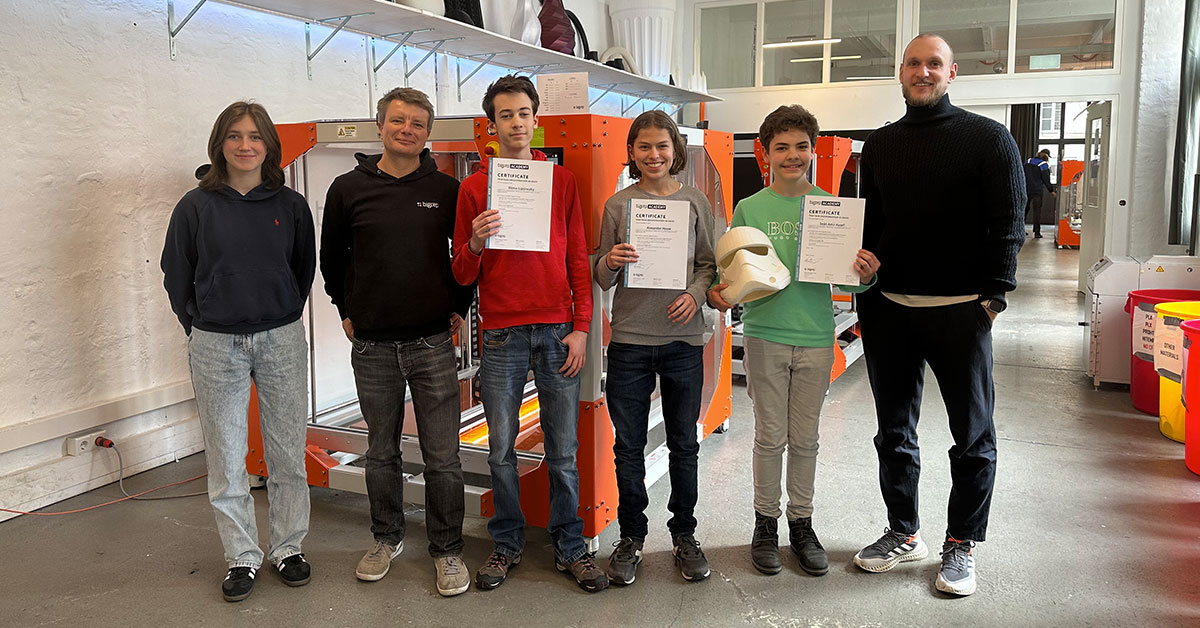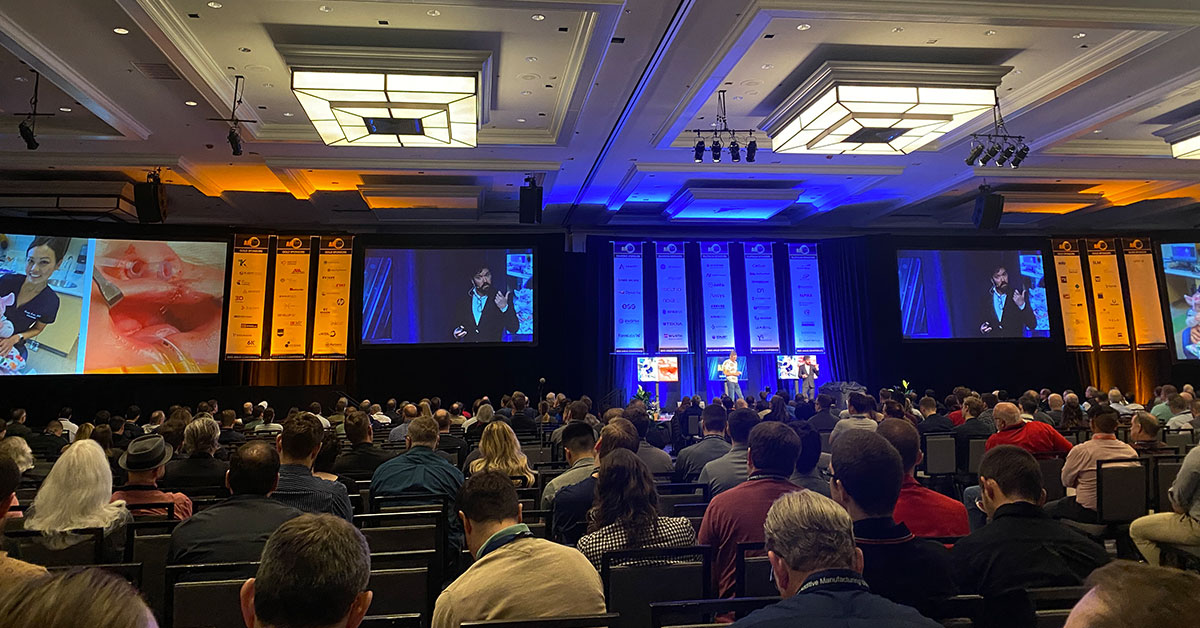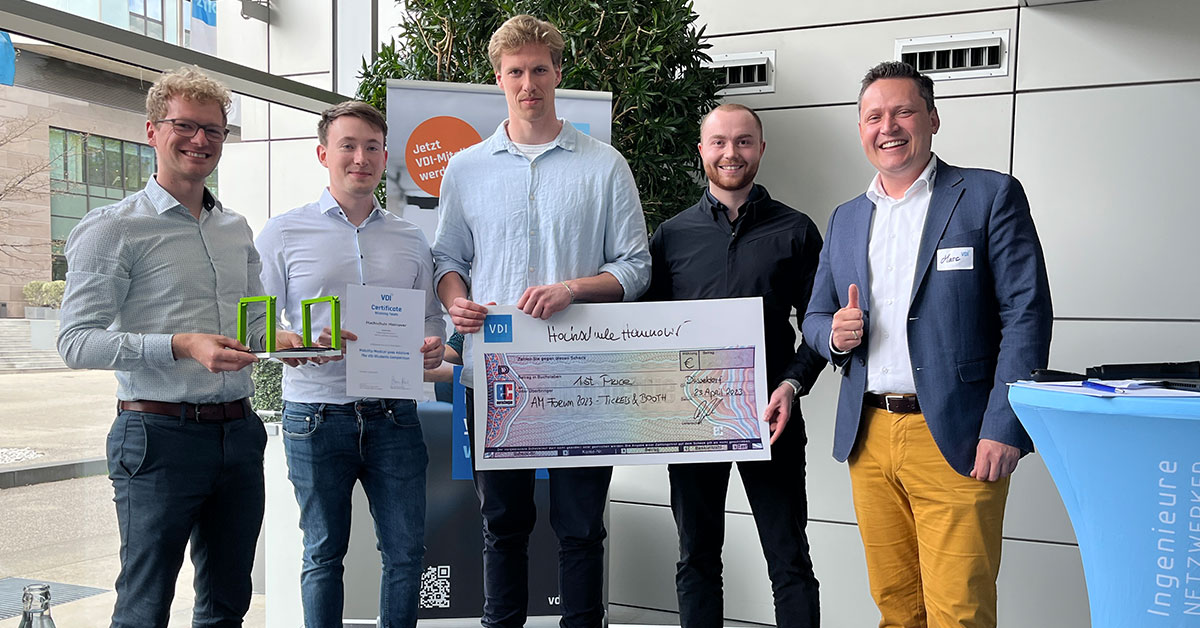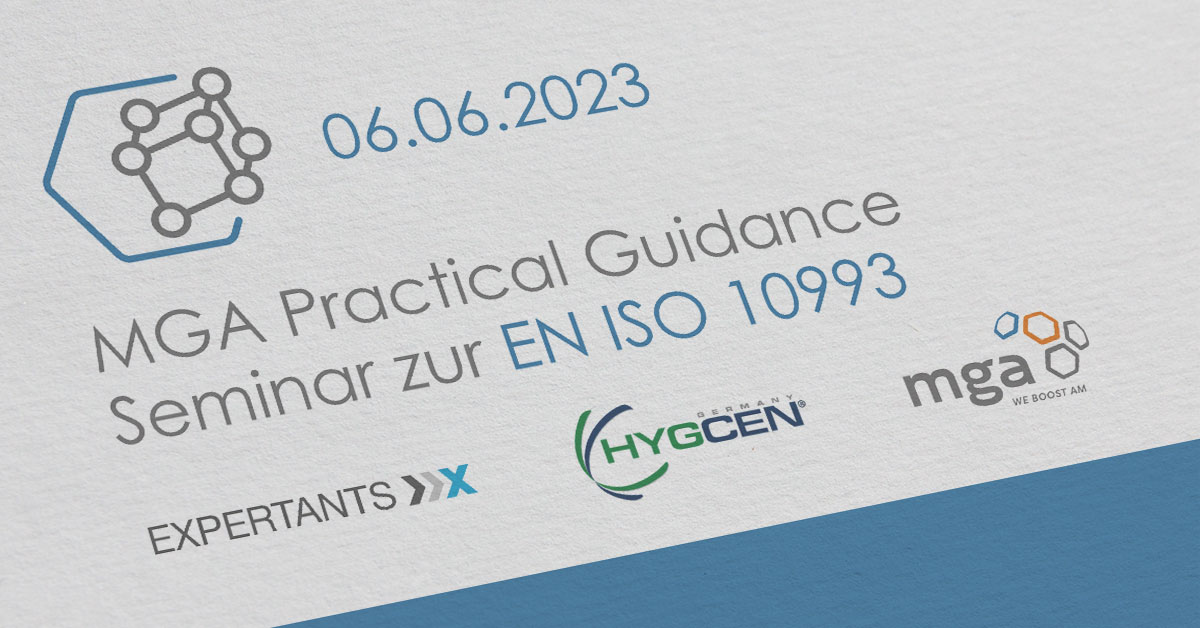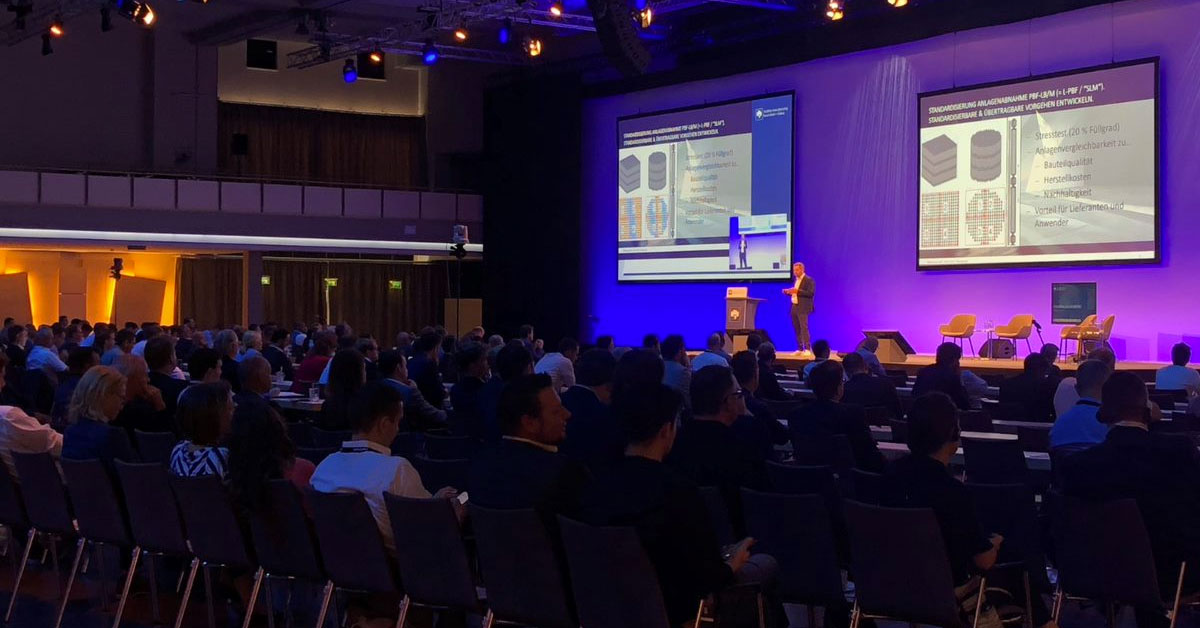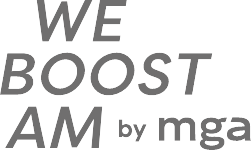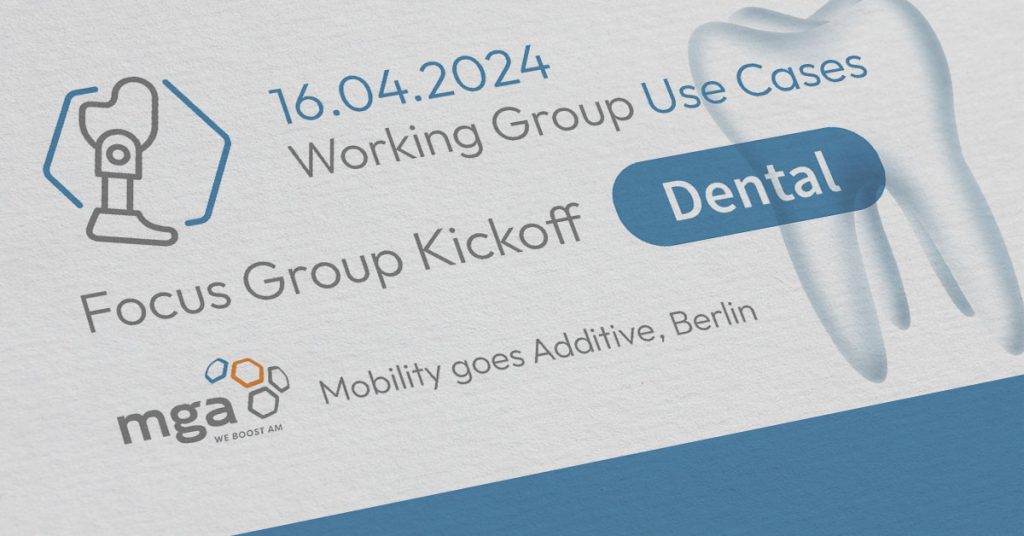Press Release
March 24, 2023
7th AM Forum Berlin 2023
Europe‘s leading user conference on industrial AM (Additive Manufacturing)
July 4-5, 2023, ECC Berlin
- Over 850 participants will exchange on-site
- Top-notch speaker line-up
- Leading AM solution providers in the exhibition
- The place to be for anyone using or planning to use additive technologies
The 7th AM Forum Berlin, Europe’s leading user conference for industrial AM, opens its doors on July 4-5, 2023. It will be held as an in-person event only to ensure maximum networking and discussion. Supporting competence partners of the event are Airbus, Deutsche Bahn, Daimler Truck, Mobility goes Additive, BASF AM Forward, EOS, SLM Solutions, Stratasys and Berlin Partner fuer Wirtschaft und Technologie.
Staged under the motto „Creating competitive advantage with AM in a VUCA world“ the conference 2023 will bring together more than 850 AM users, decision-makers and experts from the entire additive value chain to share experiences and learn from each other.
In today’s volatile, uncertain, complex, and ambiguous world, AM can be a crucial game-changer. Additive technologies provide new solutions for companies to tackle their challenges and gain significant competitive advantages. The conference will highlight the advantages of AM through various formats by bringing leading AM experts and exciting cross-industry users on stage. The sessions will focus on „Improving product properties“, „Mass customization“, „Supply chain resilience“, „Responsible production“, „Reducing production costs“.
Speaker highlights:
- Ralf Anderhofstadt, Head of Center of Competence AM, Daimler Truck – Daimler Busses
- Markus Axtner, VP Programm Leitung Additive Fertigung, MT Aerospace
- Stefanie Brickwede, Head of AM, Deutsche Bahn / Managing Director, Mobility goes Additive
- Markus Glasser, Senior Vice President EMEA, EOS
- Angelina Goh, Shell Global Solutions, Digital Manager Supply Chain
- Karsten Heuser, VP Additive Manufacturing, Siemens Digital Industries
- Jürgen Jenner, Director Prototyping, MANN + HUMMEL
- René Kreissl, Head of BU Additive Manufacturing, TRUMPF Laser- und Systemtechnik
- Carina Lebsack, Head of Sustainability, Würth
- Frank Rethmann, HoD Industrial Service Center 3D Printing, Airbus Helicopters
- Gianfranco Sgro, Executive VP Contract Logistics, Board Member, Kuehne+Nagel
- Martin Waßmuth, Head of Production Technology, Viessmann Werke Allendorf
The agenda will feature current AM research, with a science track hosted by DMRC that will provide attendees with fresh and in-depth scientific insights. The contributions will explain what today’s 3D printing research has in store for tomorrow’s industrialization.
In the exhibition, innovative AM software, material, technology and service providers showcase hands-on solutions and strategies for the successful use of additive technology. Among them are renowned pioneering companies as well as leading AM solution providers such as BASF Forward AM, Carl Zeiss, EOS, Formlabs, Gefertec, Hexagon, Materialise, rapidshape, SLM Solutions, Stratasys, Trumpf, Velo3D and many more. There will also to be found several hidden champions on the show floor. Short distances and an exchange at eye level are a big plus of the event. Over 80% of the exhibition space has already been booked.
Another highlight of the event is the annual Women in AM Meeting. Female AM specialists and managers will meet for an inspiring luncheon. The aim is to increase the visibility of female power in the additive world, to support the networking of women in specialist and management positions and to empower female newcomers to the industry. Thank you to the initiator Mobility goes Additive e.V. and the sponsor Deutsche Bahn for their commitment.
Participants can start their visit of this year’s AM Forum with an excursion to one of 4 exciting AM sites in Berlin, including the offices of Gefertec, BigRep, Formlabs or Mobility goes Additive on July 3, the day before the conference starts.
At the pre-day there will also take place a great pre-networking reception at Wuerth Villa located next to Berlin’s Wannsee. Berlin Partner fuer Wirtschaft und Technology supports this event and organizes a celebration and introduction of the first AMBER (Additive Manufacturing Berlin Brandenburg) projects. Networking opportunities abound for participants..
In summary, the AM Forum Berlin is the place to be for anyone using or planning to use additive technologies, and is aimed at beginners as well as advanced users and professionals from various industries such as aerospace, automotive, railway, mechanical engineering, construction and agriculture, medical technology, science and many other. Participants are encouraged to bring their specific questions about 3D printing, which will be answered at the conference and on the show floor.
The full program, the list of exhibitors, and all information about the event are available at www.am-forum.eu
Contact Person:
Barbara Weingarten
Senior Project Manager
IPM AG
Institut für Produktionsmanagement
Schiffgraben 42
30175 Hannover
Tel. +49 (0) 5 11 / 47 31 47 97
b.w@ipm.ag
www.am-forum.eu
www.ipm.ag
